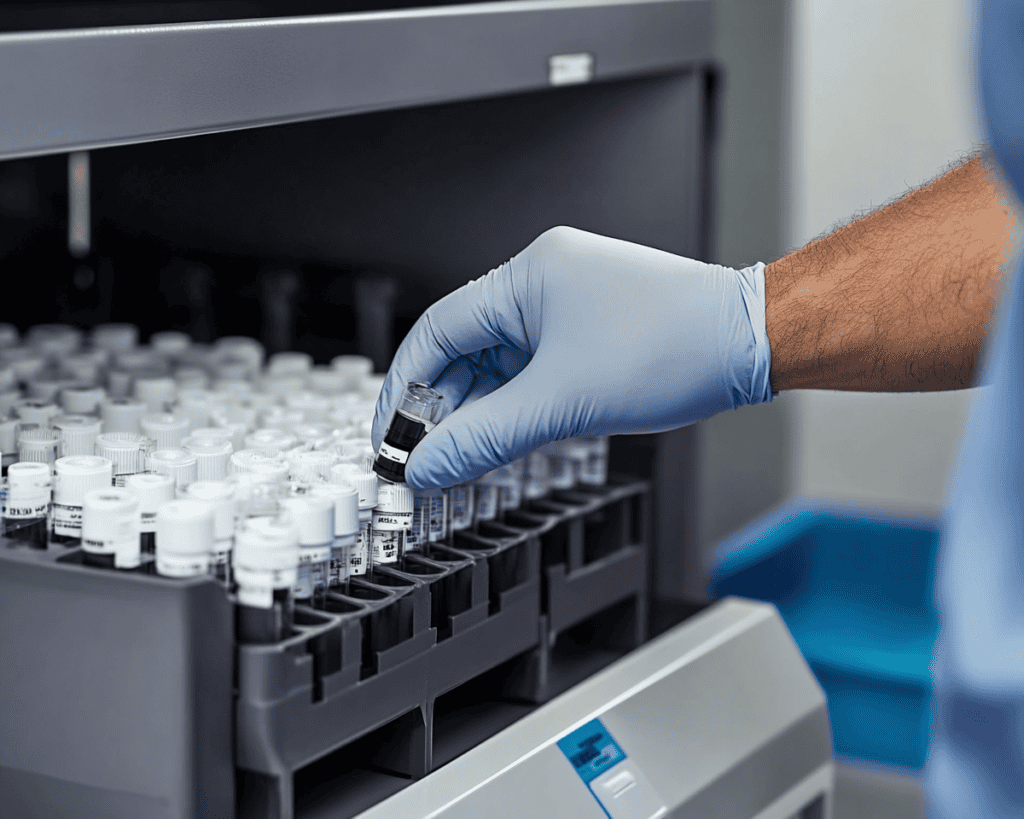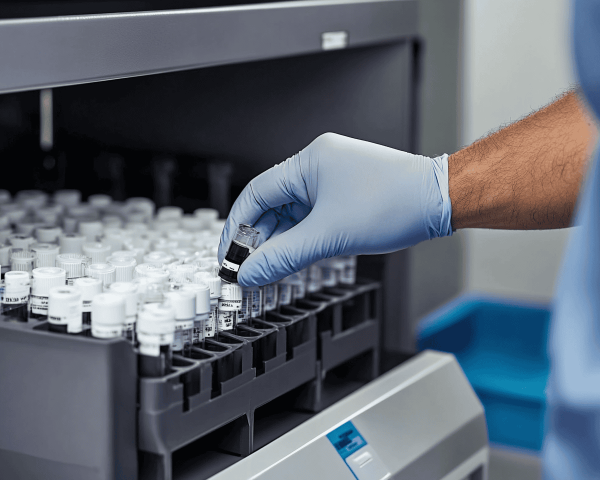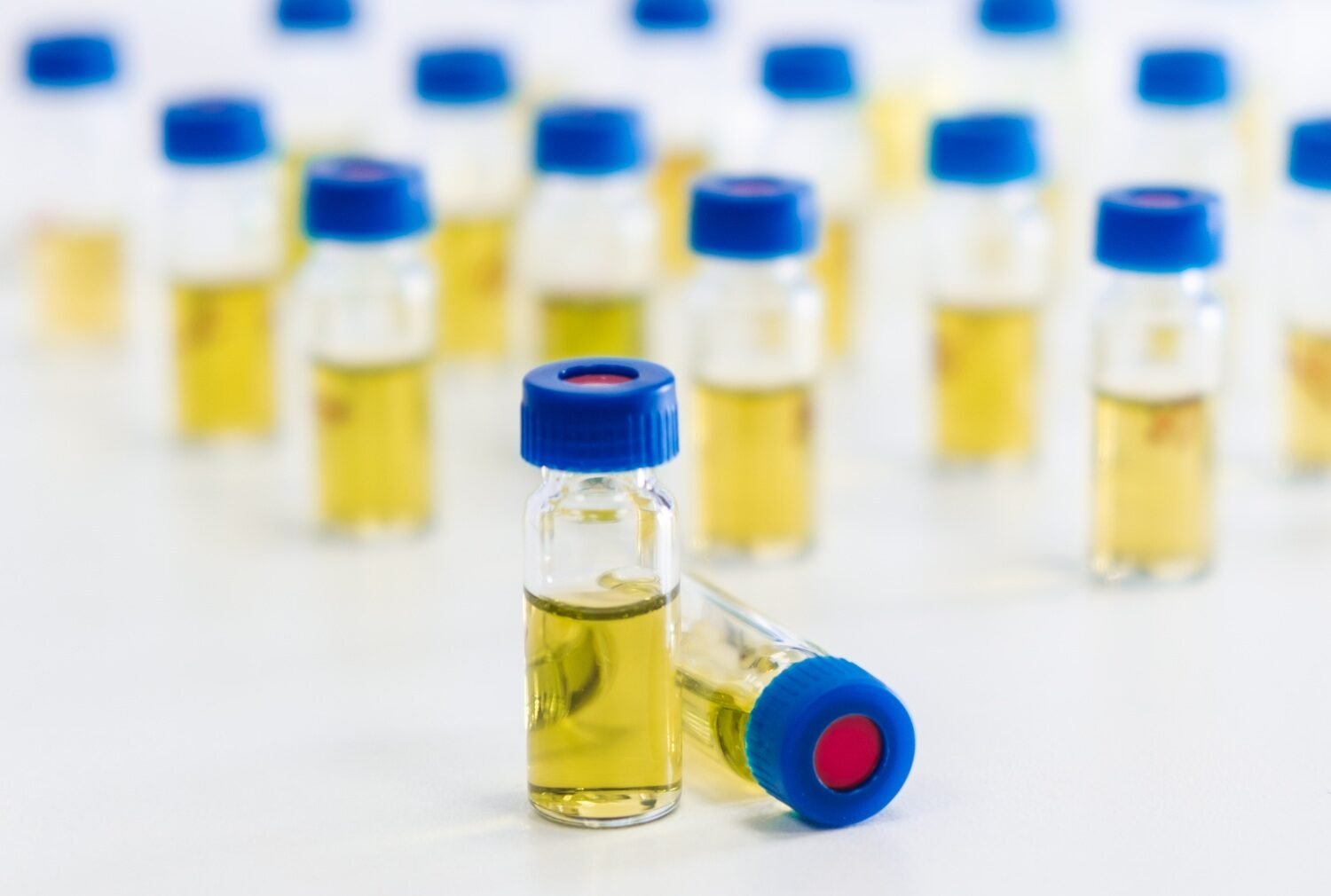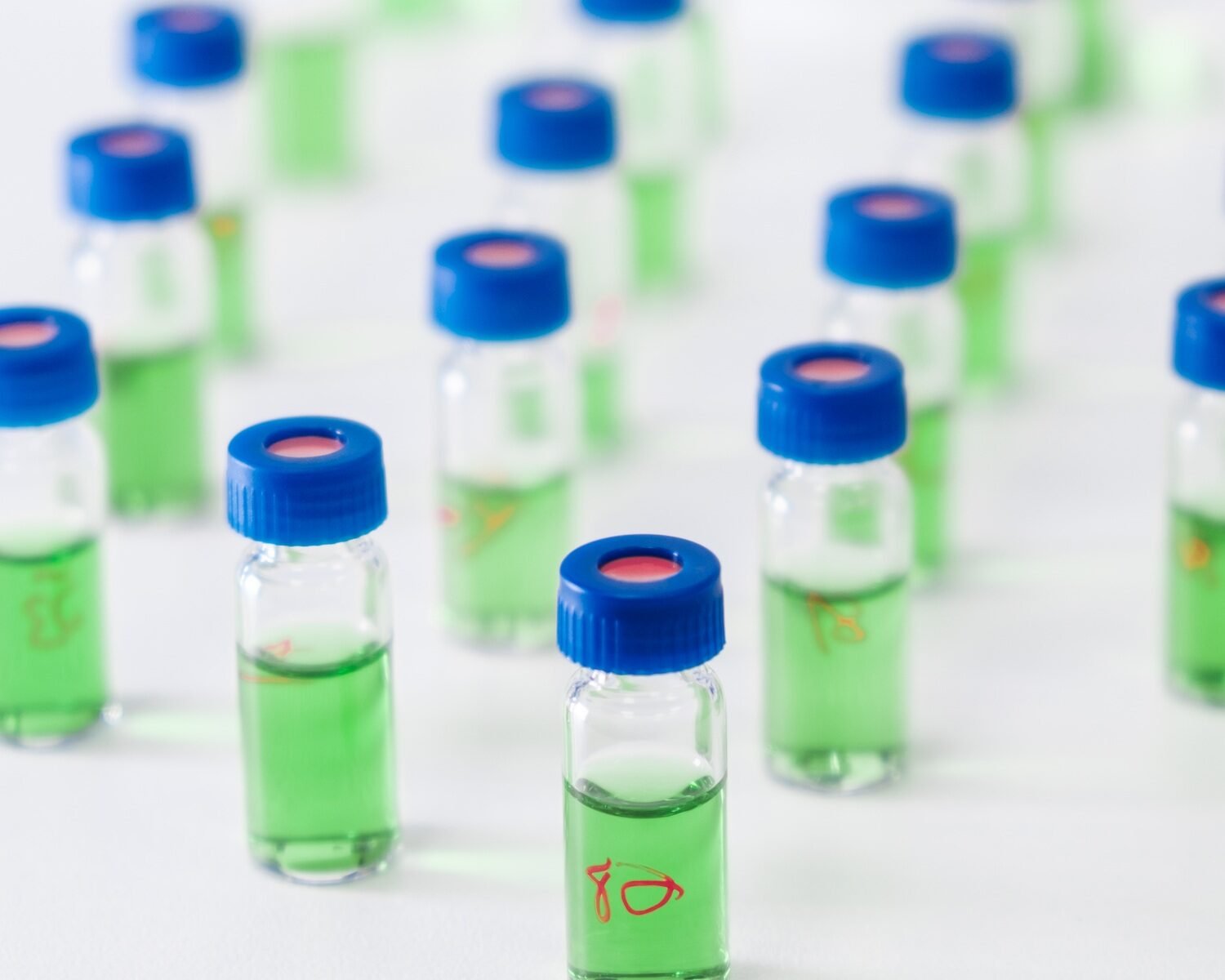When it comes to running high-performance liquid chromatography (HPLC), understanding every aspect of your process is crucial. One often overlooked, but absolutely essential part of this is the use of blank samples. Ever wonder why blanks are so important? Well, let’s dive into it. It’s not just about making sure you’re following protocol—it’s about making sure your results are accurate and reliable, which, at the end of the day, is what we’re all aiming for, right?
Introduction to HPLC Blanks
In the world of HPLC, a “blank” might seem like an insignificant or simple step, but trust me, it’s a major key to the success of your analysis. A blank is basically a sample that contains no analyte. But why run a blank when there’s no analyte to detect? Because that blank tells you so much more than you might expect. It can reveal if your solvent, column, or even the instrument itself is contributing to any noise or contamination in your results.
Have you ever thought about how much background noise can distort your data? Well, blanks help eliminate those doubts.


The Role of Blanks in Ensuring Clean Results
Blanks essentially act as a control in your HPLC process. Imagine you’re trying to listen to a friend tell a story in a noisy room. Without removing that background noise, it’s hard to focus on what’s important, right? The blank helps to “mute” that background noise so that you can clearly focus on your analyte—the part of your test that actually matters.
One great thing about using blanks is that they help you differentiate between actual analyte peaks and extraneous signals. For instance, your mobile phase blank could show you if any contaminants are coming from the solvents used in the process. You wouldn’t want to mistake a contaminant for your target compound, would you?
Check out Chemistry World’s article on blank samples for more insights into why blanks matter so much.
Types of Blanks Used in HPLC
There are several types of blanks you might encounter in HPLC, each serving a slightly different purpose. But no matter which one you’re using, the goal is always the same: ensuring that your data is as accurate as possible.
- Mobile Phase Blank
This is the simplest form of blank, containing only the mobile phase (the solvent) used in the analysis. It helps identify if there are any contaminants within the mobile phase itself. Have you ever considered how even a minor contaminant in your solvent could throw off your entire analysis? This is where a mobile phase blank becomes your best friend. - Matrix Blank
A matrix blank includes everything involved in the sample preparation—except the analyte. This is especially useful when you’re analyzing complex samples, like biological fluids or environmental samples, where the matrix (everything but the analyte) can sometimes interfere with your results. Want to ensure you’re seeing only what matters? Running a matrix blank can make all the difference. - Instrument Blank
If you’re troubleshooting your system, an instrument blank (running the system without injecting any sample) can be a lifesaver. It helps confirm whether any contamination is coming from the system itself. After all, how frustrating would it be to chase a ghost peak only to find out it was from your own equipment?
For more in-depth reading on these types of blanks, I recommend checking out Lab Manager’s guide on HPLC procedures.
Why Skipping the Blank is a Bad Idea
Skipping the blank might save you a few minutes during a busy day in the lab, but is it really worth it? Think about it this way: what’s the cost of having unreliable data? If a blank reveals a significant contaminant or system issue, and you miss it, you could end up redoing hours (or days) of work. Not to mention, any conclusions drawn from that flawed data might be misleading. Would you be willing to risk your experiment’s credibility for the sake of convenience?
Moreover, blanks can serve as an early warning system. If something is wrong—whether it’s a faulty solvent or a contaminated instrument—a blank can help you catch that problem before you start running precious samples. Do you agree that prevention is always better than scrambling to fix errors later?
Common Mistakes When Using Blanks in HPLC
Despite their importance, blanks are sometimes misused or misunderstood in HPLC workflows. One common mistake is not running the correct type of blank for your specific method. Remember, a mobile phase blank won’t catch issues in the sample matrix, and an instrument blank won’t help you identify mobile phase contaminants. Each type of blank has its own job, so make sure you’re using the right one.
Another error to avoid is failing to properly document your blanks. It’s not enough to just run them—you need to record the results and compare them to your sample data. This way, if something goes wrong, you’ll know whether the issue is in your sample or the system. Do you think this is something that often gets overlooked in fast-paced lab environments?
Check out this scientific paper on common errors in HPLC use for more details on how to avoid common pitfalls.
A Real-World Example of Blanks in Action
Let’s say you’re running an analysis on a complex environmental sample. Without running a matrix blank, you might mistake a matrix contaminant for the analyte you’re looking for. Imagine if that mistake went unnoticed—your final report could end up showing higher levels of a pollutant than are actually present. What would that mean for the credibility of your research?
By running a matrix blank, you can pinpoint whether those unexpected peaks are actually part of the matrix or if they’re coming from your analyte. That’s why blanks are not just an optional step—they are essential to getting the right answers.
Best Practices for Using Blanks
To make sure your blanks are doing their job, it’s crucial to follow a few best practices. First, always run the appropriate type of blank for your method. Second, compare your blank’s chromatogram with your sample chromatogram. Look for any unexpected peaks or differences in baseline noise. Lastly, don’t ignore your blank data. If something looks off, it’s better to address it immediately rather than proceed with faulty results.
Conclusion: Why Blanks Are Worth the Effort
Running blanks in HPLC might seem like an extra step, but it’s a step you can’t afford to skip. They ensure that your data is clean, reliable, and accurate, ultimately saving you time and boosting the credibility of your work. Whether it’s a mobile phase blank, a matrix blank, or an instrument blank, each one plays a vital role in your analysis. So next time you’re tempted to bypass the blank, ask yourself: is saving a few minutes really worth the risk to your results?
Sources:











